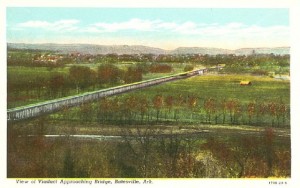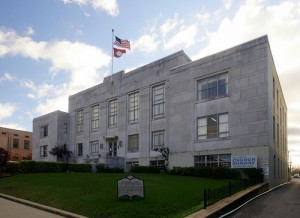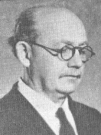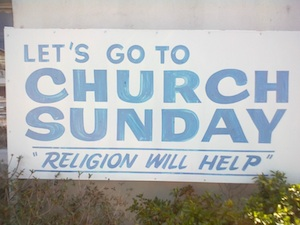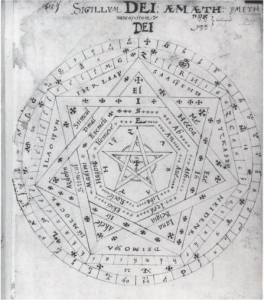Beldon Lane begins his preface describing wounds that never heal. He writes, “Some wounds – we are grateful to confess—never heal. They grow with us, festering and prodding, reminding us often that the wound is what grants the storyteller his (or her) narrative power” (ix). Journeying further into Lane’s work, Landscapes of the Sacred, we sense his wrestling as he pursues the intersections between disciplines, while rejecting constructed boundaries between religion and culture, as Meredith describes. I would argue that his interdisciplinary approach challenges the boundary between religious studies and theological studies as well. While Lane teaches theological studies, he does not treat religious studies as threatening to theological discourse. Instead, he uses the perspectives and theories housed within religious studies scholarship to challenge and examine sacred experiences, particularly the geographical and social placement of those experiences, while at the same time, acknowledging the personal and intrinsic value of those experiences. He takes up a variety of lenses with which to analyze experiences and places, most particularly experiential, cultural and phenomenological ones, and he actively seeks dialogue with scholars from various disciplines.
Lane is not detached from his subject of study. He is deeply invested and embedded in it. He often uses his own stories and experiences as his subject. He continues to make use of his Christian theological heritage, though he is keenly aware of the limits of that lens. Using Ricouer’s hermeneutic circle that Lane refers to multiple times in the book, Lane is not satisfied with a hermeneutic of suspicion. Instead, he presses towards the second naiveté where wonder is privileged within theoretical discourse (bibliography). By engaging this space between wonder and suspicion and weaving in the tools of storytelling and poetry, Lane offers a new way of approaching sacred places challenging previous tensions namely, between religion and culture, that have often been collapsed or abandoned.
As I consider the engagement of diverse religious communities making common cause in the same-sex marriage debate in California, perhaps Lane’s example should be followed, working from a place that is seemingly in-between disciplines. Like Lane, I arrived at the intersection of religious pluralism and same-sex marriage out of my own passion and wounds. Much has been written about religion and sexuality as well as religious pluralism in America. Perhaps a place in-between disciplines needs to be discovered within the intersections among religion, politics, theological studies, pluralism, queer theory and congregational studies. Perhaps, ignoring this in-between place leaves much important work undone.
What I have discovered is that the religious communities opposed to same-sex marriage worked diligently to build collaborations, alliances and coalitions. They overcame previous divides to work together on something they felt was important: protecting the family. Unfortunately, no corresponding multi-religious coalition existed on the other side. In fact, religious voices in favor of same-sex marriage were not prominent in the debate. Apparently the decision was intentional. The leaders in favor of same-sex marriage did not wish to engage religious debates. Activists argued that the rift between religious communities and the LGBTQ community was vast enough already, and any discourse about religion among those advocating for same-sex marriage would have been misunderstood by both communities.
Now that I understand the unfolding of events in the same-sex marriage debate in California, the rationale is clear enough. I find it unsettling nonetheless. I sense a growing need within myself to carve out an in-between place, to press into a scholarly place where religious pluralism, queer theory, and theological and congregational studies can co-mingle and engage in dialogue with one another. And perhaps developing scholarship is not enough; direct engagement will also be a part of the journey, which seemingly was one of Lane’s primary points.
Lane shared many spiritual experiences of places that had become sacred to him. I felt them pressing his scholarship forward even as he saw, understood, and wrestled with place as cultural fact, place as contested space, place as a phenomenological reality, and place “a hundred different ways“ (255). Though the approach felt cluttered at times, his essays in-between the chapters often offered insights, new ways of seeing, that shed new light on my understanding of sacred place. I am thankful that he stood his ground, that he continued to wrestle with his wounds, and that he risked placing himself inside his own research as he pressed to understand the Landscapes of the Sacred. Perhaps his example is one to follow in what appears to be the great divide between religion and sexual minorities.

